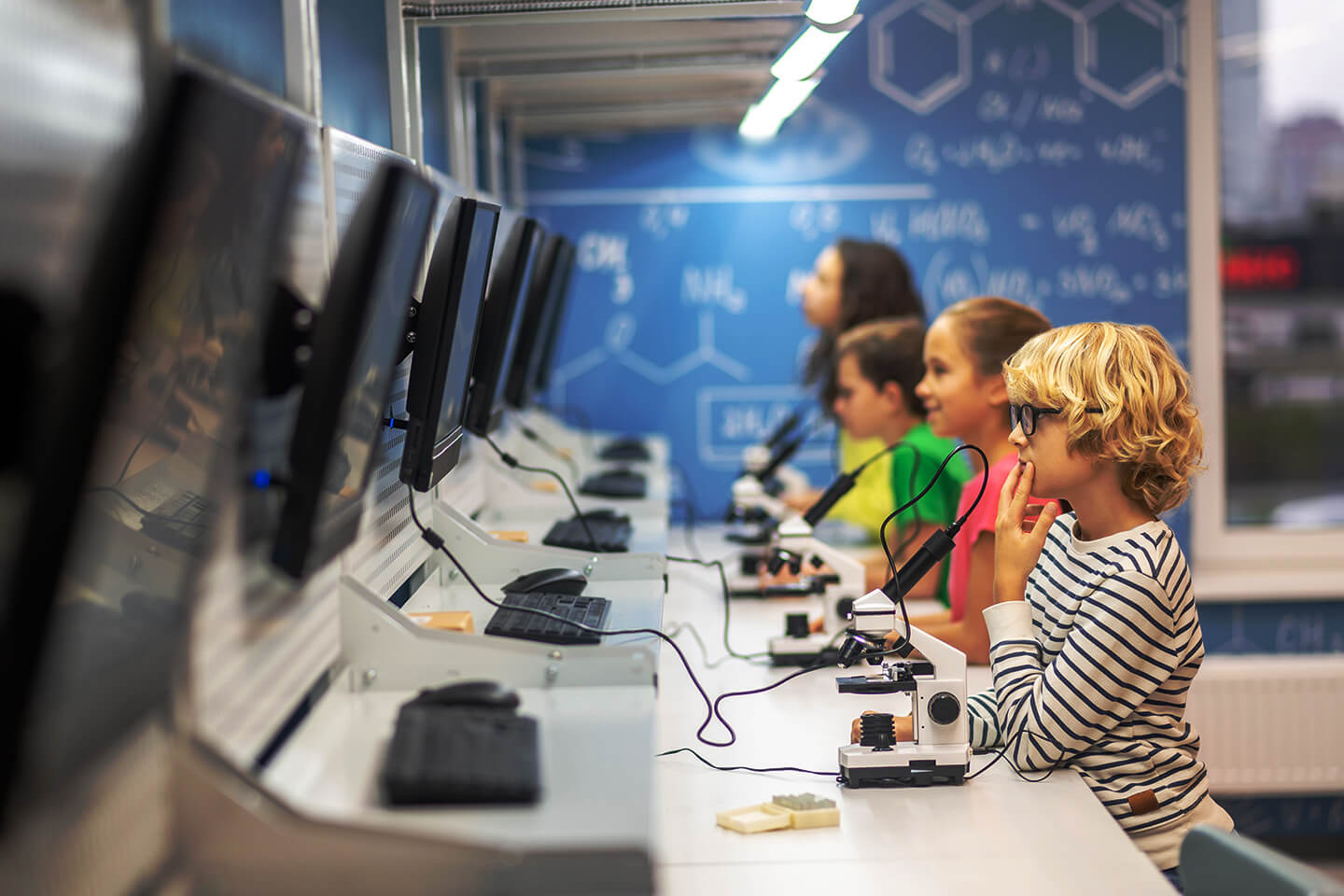Implementing EdTech: Best Practices for Schools
Introduction
In today’s digital age, education undergoes constant transformation, integrating technology to enhance learning experiences. Implementing EdTech: Best Practices for Schools involves thoughtful planning, addressing challenges, and leveraging technology effectively.
Importance of EdTech
Technology revolutionizes classroom settings, fostering interactive learning environments. It empowers educators to cater to diverse learning styles, fostering engagement and knowledge retention among students.
Challenges Faced
Despite its benefits, integrating technology into the curriculum poses challenges, including infrastructural limitations, teacher competency, and resistance to change.
Planning for EdTech
Setting clear objectives and goals is paramount in successful EdTech integration. This ensures alignment with educational objectives and helps measure effectiveness.
Selecting the Right Tools
Choosing suitable technology involves considering factors such as scalability, adaptability, ease of use, and alignment with the curriculum.
Teacher Training
Educators need comprehensive training to effectively use technology tools in teaching. Continuous professional development ensures competency and confidence in technology integration.
Infrastructure Needs
Robust technical infrastructure, including reliable internet connectivity and updated devices, forms the backbone of successful EdTech implementation.
Budgeting
Allocating adequate resources for technology procurement, maintenance, and upgrades is crucial to sustain and expand EdTech initiatives.
Assessing Effectiveness
Measuring the impact of technology on student performance and engagement enables educators to refine strategies for better outcomes.
Student Engagement
Interactive and immersive learning experiences through technology foster student engagement, critical thinking, and creativity.
Parental Involvement
Collaboration between schools and parents through technology facilitates better communication and involvement in a child’s education.
Security and Privacy
Safeguarding sensitive data and ensuring privacy compliance is imperative in the digital learning landscape.
Adapting to Changes
Educational institutions must stay abreast of evolving technological trends, continuously adapting to offer innovative learning experiences.
Best Practices Overview
Successful EdTech integration involves a meticulous approach, combining strategic planning, resource allocation, and ongoing assessment for optimal outcomes.
FAQs
- How does EdTech benefit student learning?
- What are the primary challenges in implementing EdTech?
- How can schools ensure data security in EdTech applications?
- What role do parents play in the success of EdTech initiatives?
- How frequently should teachers receive training for using EdTech effectively?
- How does EdTech enhance classroom engagement?
Conclusion
Implementing EdTech in educational settings is pivotal for fostering a dynamic learning environment. Embracing technology with a strategic approach leads to enhanced educational experiences and better outcomes for students.





